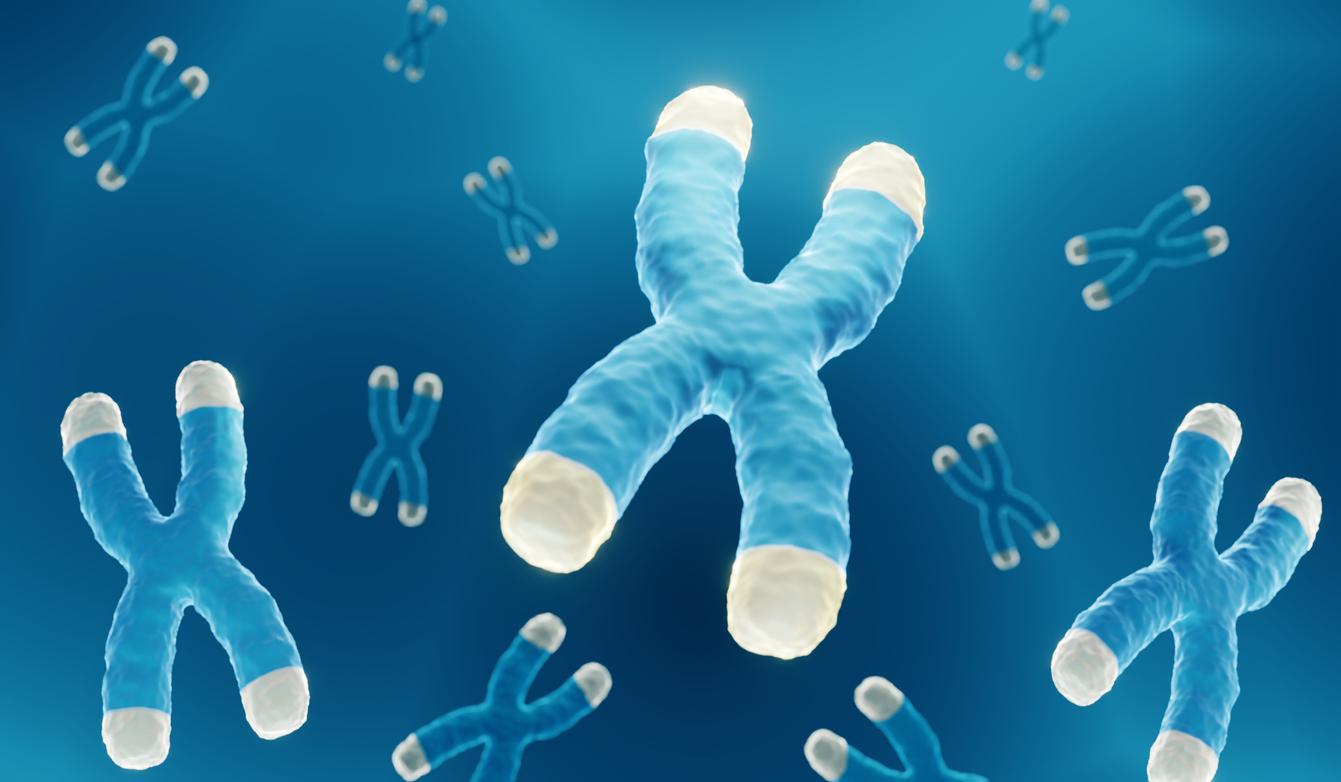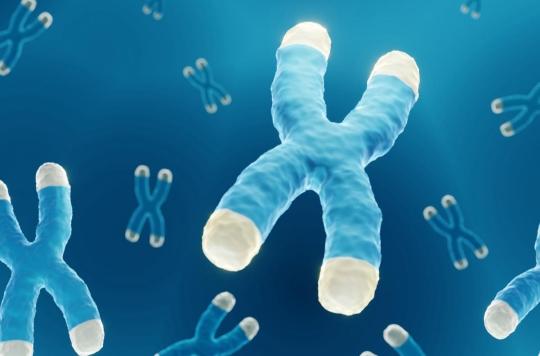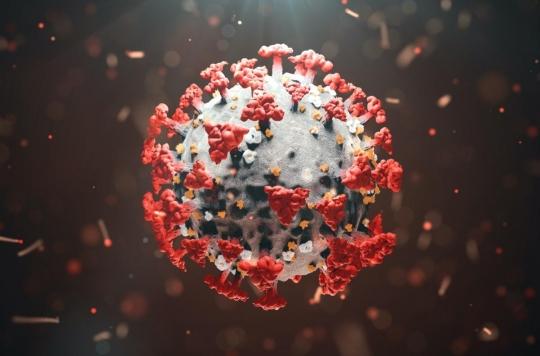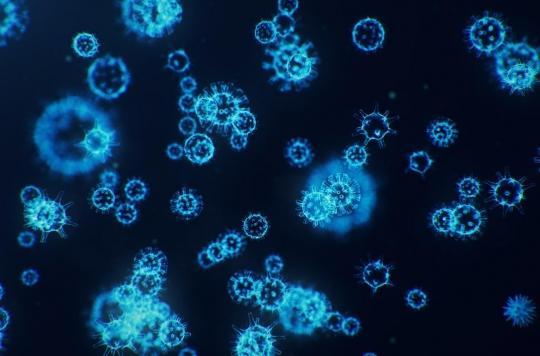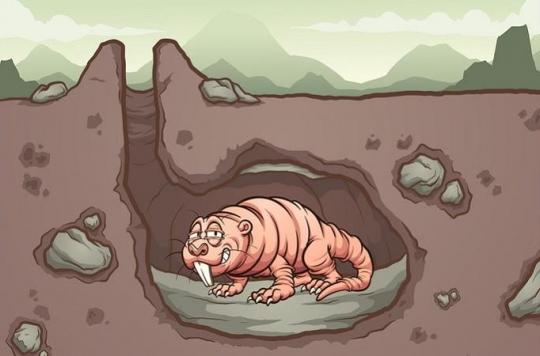The telomeres which are at the end of our chromosomes guarantee the perfect division of our cells, in a way their (theoretical) immortality. The beginning of an explanation: the number of centenarians is constantly increasing and often with excellent health. The plausible explanation of this injustice thanks to the analysis of the blood of several centenarians…

The blood of people over 100 has revealed a lot of information, but above all has allowed the verification of a hypothesis that we have known for a very long time; a theory which, in October 2009, allowed three American researchers to receive the Nobel Prize for Medicine. The repair of a true injustice after 50 years of research concerns one of the mysteries of our life and the discovery of an enzyme which protects our chromosomes from aging. This is called the telomere theory. It sounds complicated, but it’s actually quite simple.
It all depends on the size of the telomeres!
The building and functioning blueprints of our body are totally contained in our chromosomes. These have the shape of an X. The 4 ends of this X are called telomeres; an area that we know protects our chromosomes, and therefore our life.
They are the ones who bear the marks of aging. Each time a cell divides, the chromosomes do the same, with the risk, at the level of the extremities, of losing part of the vital information they contain. Nature, to protect our secrets of life, has therefore put a kind of cap, a stopper that prevents the loss of this part of the chromosomes. These are the telomeres; the guarantors of a successful multiplication, without loss of information.
This theory of aging suggests that telomeres, throughout our lives, by protecting our chromosomes, wear out, shorten and that at some point they can no longer guarantee the birth of new cells in good condition. The man begins to age more quickly and to develop illnesses. And this is what we verified in one of these centenarians. The telomeres of two of his reference cells had become very, very short. But they still existed.
Remembering Dolly
Understand how this cap works, which would perhaps make it even more airtight. It looks like a protective wall, the crucial role of which has been confirmed at Dolly! The first cloned sheep. After the euphoria of birth, Dolly had begun to age quickly and inevitably. A premature aging, inexplicable, except by the state of her telomeres which were those of the cell from which she had been conceived. A cell that is too old and above all with already very shortened telomeres.
We can feed hopes from these discoveries because the researchers have highlighted an enzyme which ensures the growth and the repair of these telomeres, telomerase. A catalyst that allows them to grow. Conversely, if we touch telomerase, telomeres shorten… and we age!
We can therefore imagine a simple and practical conclusion; all you have to do is give telomerase to an aging organism to “rejuvenate” its telomeres and thus acquire eternal youth… Some start-ups have already taken the plunge.
We are awaiting the results.
Doctor Jean-Francois Lemoine
.








